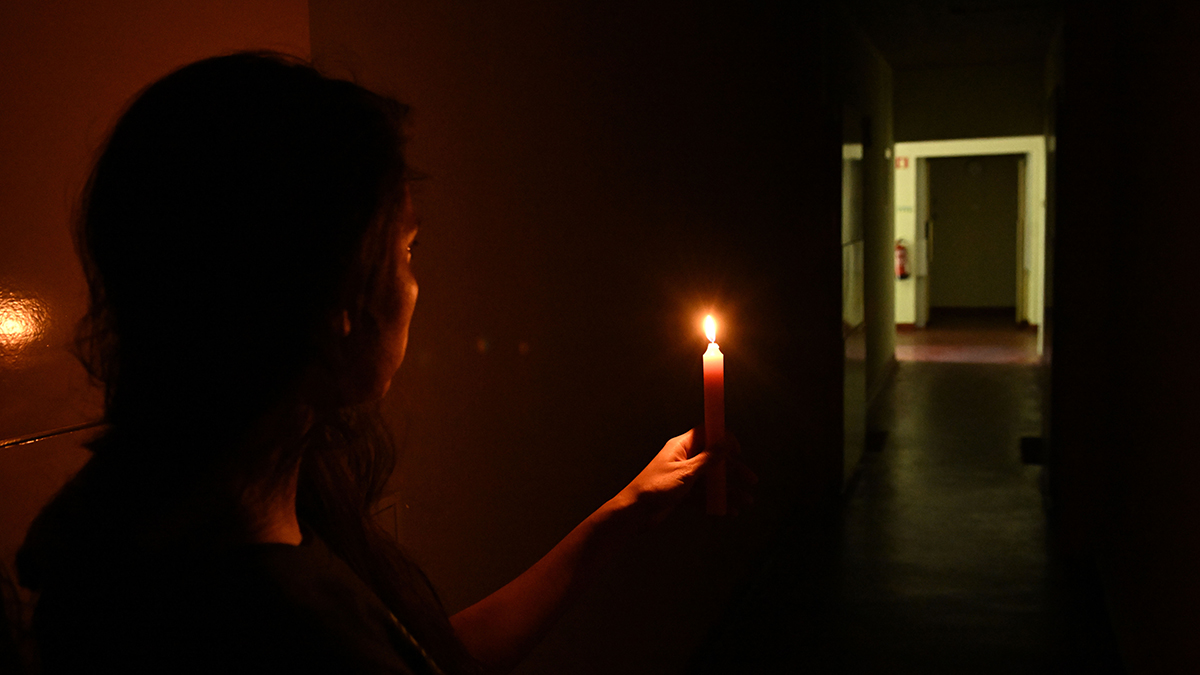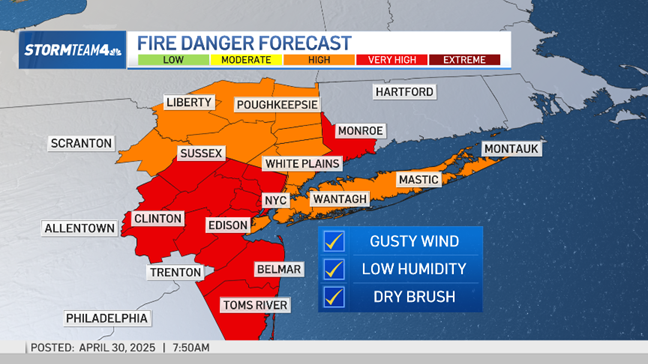Spain & Portugal Power Outage: Millions Affected!
Iberian Blackout: Millions Plunged into Darkness in Spain & Portugal
Introduction: A Day the Lights Went Out
Imagine a world suddenly devoid of power. No lights, no internet, no cash from ATMs – a world brought to its knees by a single, catastrophic event. That's precisely what happened on a Monday that Spain and Portugal won't soon forget. An “exceptional” power outage crippled the Iberian Peninsula, leaving millions in the dark and scrambling for answers. It wasn't just an inconvenience; it was a systemic shock that exposed the fragility of our modern, interconnected world. Let's delve into the details of this unprecedented event and explore what went wrong.
The Unfolding Chaos: What Happened?
The blackout wasn't a slow fade; it was a sudden and devastating crash. Thousands of train passengers found themselves stranded, their journeys abruptly halted. Communication networks went down, leaving people unable to contact loved ones or access essential services. ATMs became useless, cutting off access to cash when it was needed most. The sheer scale of the disruption was staggering.
Searching for Answers: The Investigation Begins
In the wake of the blackout, the immediate priority was restoring power. But just as crucial was understanding the root cause. Spain's Prime Minister, Pedro Sánchez, addressed the nation, acknowledging the severity of the situation and assuring the public that experts were working tirelessly to unravel the mystery. He emphasized the unprecedented nature of the event. Can you imagine the pressure on those investigators to find answers quickly?
The Numbers Don't Lie: 15 Gigawatts Lost
Prime Minister Sánchez revealed a startling statistic: the Spanish power grid lost 15 gigawatts of power in a mere five seconds. That's equivalent to 60% of the nation's total demand! Think of it like this: imagine your car suddenly losing 60% of its horsepower – it would stall instantly. That's the scale of the impact on the Spanish power grid. It's no wonder the system buckled.
An "Exceptional and Extraordinary" Event: Expert Opinion
Eduardo Prieto, head of operations for Spanish power distributor Red Eléctrica, described the event as "exceptional and extraordinary." This wasn't a routine glitch; it was something far more significant. It's like a doctor saying, "I've never seen anything like this before." It highlights the rarity and severity of the blackout.
Power Restoration: A Slow and Steady Climb
Restoring power after such a massive outage is a complex and time-consuming process. By 11 p.m., Spain had recovered nearly 50% of its power. It was a testament to the hard work and dedication of the engineers and technicians on the ground. But the road to full recovery was still long.
Understanding the Power Grid: A Complex System
To understand the impact of the blackout, it's essential to understand the power grid itself. It's not just a single wire; it's a vast and intricate network that spans entire countries. Think of it like a giant circulatory system, delivering electricity to homes, businesses, and industries.
The Interconnectedness of the Grid
One of the key features of modern power grids is their interconnectedness. This allows countries to share electricity and balance supply and demand. However, it also means that a problem in one area can quickly spread to others. This interconnectedness can be both a strength and a weakness.
Potential Causes: What Could Have Triggered the Blackout?
Identifying the cause of such a massive outage is a detective story of epic proportions. Here are some potential culprits:
Technical Malfunctions
A failure in a critical piece of equipment, such as a transformer or generator, could have triggered the initial collapse. Even a small component failure can have cascading effects.
Cyberattacks
In today's digital age, cyberattacks are a growing threat to critical infrastructure. A sophisticated attack on the power grid's control systems could have caused widespread disruption. The potential for cyberwarfare is a real concern.
Extreme Weather Events
Severe weather, such as storms or heatwaves, can overload the power grid and cause equipment failures. Climate change is making extreme weather events more frequent and intense.
Human Error
Mistakes happen, even in highly regulated industries. A simple miscalculation or oversight could have had catastrophic consequences. Human fallibility is always a factor.
The Ripple Effect: Beyond the Power Grid
The blackout had far-reaching consequences that extended beyond the immediate loss of electricity. Here are some examples:
Economic Impact
Businesses were forced to shut down, disrupting production and commerce. The economic impact of the blackout could be significant. Think of all the lost revenue and productivity.
Disruption of Essential Services
Hospitals, emergency services, and other critical infrastructure were affected, potentially putting lives at risk. Reliable power is essential for these services to function.
Social Unrest
Prolonged blackouts can lead to social unrest and even looting. People become anxious and frustrated when they lack access to basic necessities. Maintaining order is crucial in such situations.
Lessons Learned: Preventing Future Blackouts
The Iberian blackout serves as a stark reminder of the importance of a resilient and reliable power grid. Here are some lessons that can be learned:
Investing in Grid Modernization
Outdated infrastructure is more vulnerable to failures. Investing in modern grid technologies, such as smart grids and renewable energy sources, can improve reliability. A modernized grid is a more resilient grid.
Strengthening Cybersecurity
Protecting the power grid from cyberattacks is essential. Robust cybersecurity measures, including intrusion detection systems and incident response plans, are needed. Cybersecurity is no longer optional; it's a necessity.
Improving Emergency Preparedness
Having well-defined emergency response plans can help mitigate the impact of blackouts. These plans should include procedures for restoring power, communicating with the public, and providing essential services. Being prepared is key.
The Future of Power: Renewable Energy and Resilience
As the world transitions to cleaner energy sources, it's crucial to ensure that renewable energy systems are integrated into the power grid in a way that enhances resilience. Diversifying energy sources can reduce vulnerability to single points of failure. A mix of solar, wind, hydro, and other renewables can create a more robust system.
Conclusion: A Wake-Up Call for the 21st Century
The “exceptional” power outage in Spain and Portugal was more than just an inconvenience; it was a wake-up call. It highlighted the fragility of our reliance on electricity and the importance of investing in a resilient and secure power grid. From technical malfunctions to potential cyberattacks, the causes are still under investigation, but the need for action is clear. By learning from this event, we can take steps to prevent future blackouts and ensure a reliable and sustainable energy future for all. This blackout should serve as a catalyst for change.
Frequently Asked Questions (FAQs)
Here are some frequently asked questions about the Iberian Peninsula blackout:
- What exactly caused the power outage in Spain and Portugal?
The specific cause is still under investigation, but possibilities include technical malfunctions, cyberattacks, extreme weather, or human error. - How many people were affected by the blackout?
Millions of people across Spain and Portugal experienced power outages, disruption of services, and communication issues. - How long did it take to restore power?
Spain had recovered nearly 50% of its power by 11 p.m. on the day of the outage, but full restoration took longer. - What steps are being taken to prevent future blackouts?
Efforts are underway to modernize the power grid, strengthen cybersecurity, and improve emergency preparedness. - How can individuals prepare for a potential blackout?
Keep emergency supplies on hand (water, food, flashlight), have a backup communication plan, and know the location of emergency shelters.



